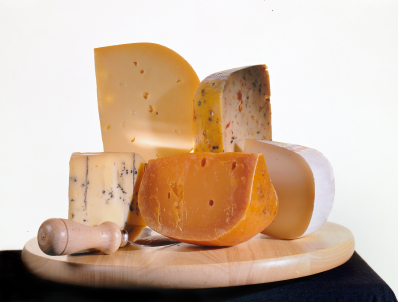Dairy and the Paleo Diet
Dairy has always been a big thing in dieting. Is it good, is it bad? Low fat or low carb. What about the calcium and the lactose intolerance? I’m going to try and answer all of these questions, but.. like most things in life.. there is no straight answer.
Lactose = milk sugar – carbohydrate.
75% of adult humans are lactose intolerant. Introducing lactase, this is the enzyme needed to digest lactose. This enzyme, reaches its highest level in the small intestine after birth and then begins a slow decline unless milk is consumed regularly. I guess Mother Nature knew her business. As a general rule, the longer a cheese is aged, the less lactase it will have.
Let’s talk about the fermentation process. When raw milk is left standing for a while, it turns “sour”. This is the result of fermentation, where lactic acid bacteria ferment the lactose inside the milk into lactic acid. So, the bacteria will partly/fully digest the lactose (think about lactose intolerance), it will also partially digest casein (protein in milk, difficult to digest for some people). And last but not least, the lower PH of fermented milk makes its minerals more bioavailable. It reintroduces lactic-acid bacteria, along with their digestive enzymes, and all in all contributes to intestinal health.
These being said… When it comes to the paleo diet technically you shouldn’t eat dairy.. Animal milk is first known to have been used as human food at the beginning of animal domestication and as far as I know.. Grok didn’t raise cows next to his cave.
Now..If you really really really want to have it :), pick the one that is full fat, raw, organic, from a grass-fed cow/sheep etc, fermented, aged.
Don’t think about it too much, just keep in the the back of your head. Grok didn’t eat dairy, this means it’s not essential, you can live without it. No one will cut your throat if you eat it, just enjoy it sparingly and not for their protein content.
2 comments